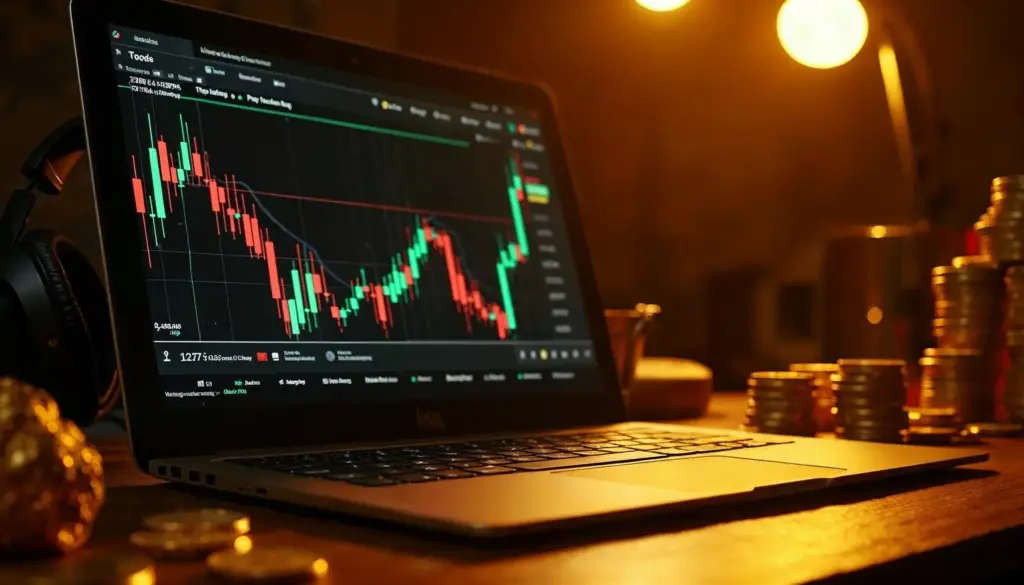From Scarcity to Sovereignty: Why $120 K Bitcoin Is Only the Beginning

Just after dawn on 15 July 2025, Bitcoin hovered near $118,000, digesting the prior day’s vertical blast through $120 K. The level is more than a price—it is a referendum on money itself, touching geopolitics, corporate treasuries and energy markets. We follow the capital flows, behavioural shifts and macro tremors that answer the twin questions: where does the new demand arise, and why now?
1. The Institutional Hinge Moment
Bitwise CIO Matt Hougan calls 2025 “the year defined-benefit plans discovered digital scarcity.” Indeed, a July survey of 312 North-American pensions shows 27 % hold a direct Bitcoin allocation via ETFs—up from 3 % a year earlier. That pivot is visible in the $3.63 billion that poured into crypto ETFs last week alone, dwarfing net inflows to gold and investment-grade credit combined.
2. Flows Meet Frictionless Rails
ETF liquidity unlocks demand, but the settlement rail of choice for sovereign-grade transactions is now the Lightning Network, where capacity just topped 9,100 BTC. Cross-border payroll processors in Argentina report saving 4 % on fees relative to SWIFT. As utility rises, coins migrate from centralized exchanges to multi-sig cold vaults, throttling tradable float and mechanically goosing price.
3. Emerging-Market Currency Blues
Turkey’s lira and Nigeria’s naira both shed double-digit percentages against the U.S. dollar in Q2. Citizens steered savings toward BTC via P2P venues, pushing local premiums to 3 %. For these users, Bitcoin is not a speculative chip; it is an exit from monetary debasement. Their relentless small-ticket demand is invisible to Wall Street order books yet forms a constant drip that hollows out exchange supply over time.
4. Miner-Driven Structural Tightness
Post-halving economics mean only 450 BTC hit exchanges daily from block rewards. Publicly traded miners such as CleanSpark now finance operations via equity raises rather than coin sales. The once-predictable miner-sell wall—bearish overhead supply—has morphed into a treasury-building exercise where miners stockpile BTC as a long-duration asset, mirroring S&P 500 corporates’ shift into digital liquidity buffers.
5. Legislative Certainty Reduces Career Risk
Wall Street traders have long repeated: “Price hates uncertainty.” This week’s GENIUS and CLARITY Acts offer the most comprehensive statutory roadmap yet, delineating SEC versus CFTC oversight and codifying stablecoin issuance best practices.Investors The political signal is unmistakable: large capital pools can now rotate into crypto with regulatory air cover, mitigating reputational risk for trustees.
6. Macro Alchemy: Real Yields and Debt Dynamics
The U.S. Treasury’s 30-year bond now yields 3.4 %—below trailing 24-month CPI of 3.8 %. Negative real yields historically correlate with commodity out-performance; Bitcoin’s store-of-value thesis slots neatly into that macro pattern. Meanwhile, U.S. federal debt crests $38 trillion, raising questions about fiat dilution that resonate from Jackson Hole to Jakarta. As gold’s volatility-adjusted returns trail BTC’s by 4:1 since January, allocators treat Bitcoin as digital gold plus technology call-option.
7. Technical Structure: Thin Air Above $125 K
On-chain realized price sits near $49 K, meaning aggregate holders float a 140 % cushion. SOPR (spent-output-profit ratio) rebounds above 1.1, suggesting conviction to ride rather than realise. Traders watch a weekly ascending triangle whose apex at $126 K overlaps with options-market max-pain. Should spot vault this ceiling on high volume, model-driven target clusters populate the $140–$150 K band, consistent with Cointelegraph’s breakout calculus.Cointelegraph
8. Volatility Paradox and Options Tailwinds
Implied volatility—a proxy for fear—has compressed to 52 %, its lowest since the March-2024 memecoin frenzy. Low vol lowers the cost of bullish option structures that replicate leveraged spot exposure; dealers then delta-hedge by purchasing BTC, a feedback loop that can catapult spot price in melt-up fashion. Call-dominant open interest near $150 K further reflects that skew.
9. Energy Narrative and Miner Resilience
Critics once decried Bitcoin’s energy appetite; today the rhetoric has shifted. Stranded renewables in Texas, hydro power in Bhutan and geothermal taps in El Salvador illustrate how BTC can monetize surplus generation while financing grid stability. As miners integrate demand-response contracts, “Bitcoin as virtual battery” reframes ESG debates and widens the pool of institutional OKRs compatible with BTC exposure.
10. What Could Cool the Fire?
Two scenarios loom: (1) an unanticipated Fed hawkish pivot sparks dollar surge, pressuring risk assets; (2) a critical infrastructure exploit undermines trust in custody providers. Absent those black-swans, structural bid-to-ask imbalance remains acute. Bitwise projects that if ETF inflows persist at the current run-rate, 10 % of free-float BTC could be locked in fund vehicles by December, a mechanical throttle on supply that math alone suggests higher prices.
Conclusion
Bitcoin’s $118 K print is not a standalone event; it is the visible side-effect of deep tectonic shifts in capital behaviour, technical architecture and monetary policy. Whether you view it as gold 2.0, a macro hedge or the backbone of a future peer-to-peer economy, the mechanics that delivered six-figure Bitcoin are still in motion—and, crucially, still under-owned relative to global wealth. In that light, today’s headline price may prove a waypoint, not the peak, in a larger repricing of digital sovereignty.
